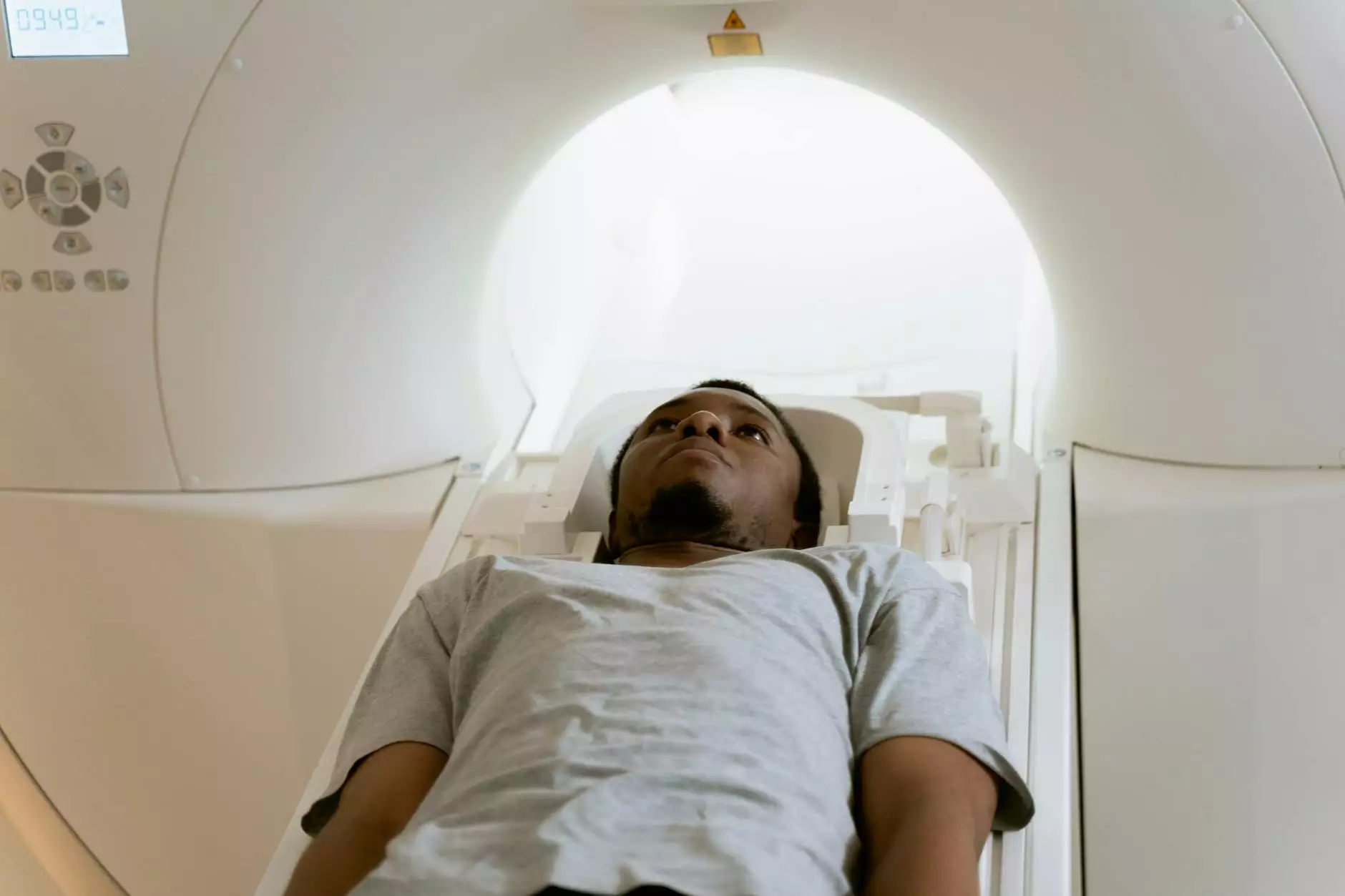Cistografía (retrógrada) - Health Library
Health Library
Overview
Welcome to Furstenberg Michael Dr's Health Library, where we provide you with valuable information on Cistografía (retrógrada). Our comprehensive guide will offer you insights into the benefits, procedure, risks, and more associated with this medical diagnostic test. If you are looking for in-depth information, you've come to the right place.
What is Cistografía (retrógrada)?
Cistografía (retrógrada) is a medical procedure used to evaluate the bladder and urethra. It involves the use of a contrast dye and x-ray imaging to examine the structure and function of these urinary system components. This test is usually recommended by healthcare professionals to diagnose various conditions, such as urinary tract infections, urinary incontinence, vesicoureteral reflux, and bladder abnormalities.
How Does Cistografía (retrógrada) Work?
During a Cistografía (retrógrada) procedure, a contrast dye is carefully inserted into the bladder through a thin catheter. Once the dye is in place, x-ray images are captured while you empty your bladder or with a full bladder. These images allow the healthcare provider to assess the flow of urine, identify any structural abnormalities or abnormalities in the ureters, and determine if urine is flowing backward toward the kidneys.
The Benefits of Cistografía (retrógrada)
Cistografía (retrógrada) offers several benefits for both patients and healthcare providers. By providing detailed images of the bladder and urethra, this diagnostic test helps in diagnosing and monitoring various urinary system conditions. It plays a crucial role in identifying issues such as urinary incontinence, urinary tract infections, and vesicoureteral reflux, allowing for timely intervention and treatment planning.
Procedure and Preparation
Before undergoing Cistografía (retrógrada), it is essential to follow the preparation instructions provided by your healthcare provider. These instructions may include emptying your bladder before the procedure, avoiding certain medications or fluids, and wearing comfortable clothing. During the test, you will be asked to lie on the x-ray table while the contrast dye is introduced into your bladder. The procedure itself typically takes about 20 to 30 minutes.
Risks and Side Effects
While Cistografía (retrógrada) is generally considered a safe procedure, there are potential risks and side effects to be aware of. These may include mild discomfort or pain during catheter insertion, urinary tract infections, allergic reactions to the contrast dye, and exposure to a small amount of radiation. Your healthcare provider will discuss these risks with you and ensure that the benefits of the test outweigh any potential complications.
Recovery and Follow-Up
After the Cistografía (retrógrada) procedure, you may resume your regular activities unless advised otherwise by your healthcare provider. It is normal to experience some mild discomfort, such as a burning sensation during urination or a slightly increased frequency of urination. Drinking plenty of fluids can help alleviate these symptoms. Your healthcare provider will schedule a follow-up appointment to discuss the results of the test and any necessary treatment plans.
Conclusion
Thank you for visiting Furstenberg Michael Dr's Health Library and taking the time to learn about Cistografía (retrógrada). We hope that our comprehensive guide has provided you with all the information you need to understand the benefits, procedure, risks, and more associated with this diagnostic test. If you have any further questions or concerns, please don't hesitate to reach out to our knowledgeable healthcare professionals.



